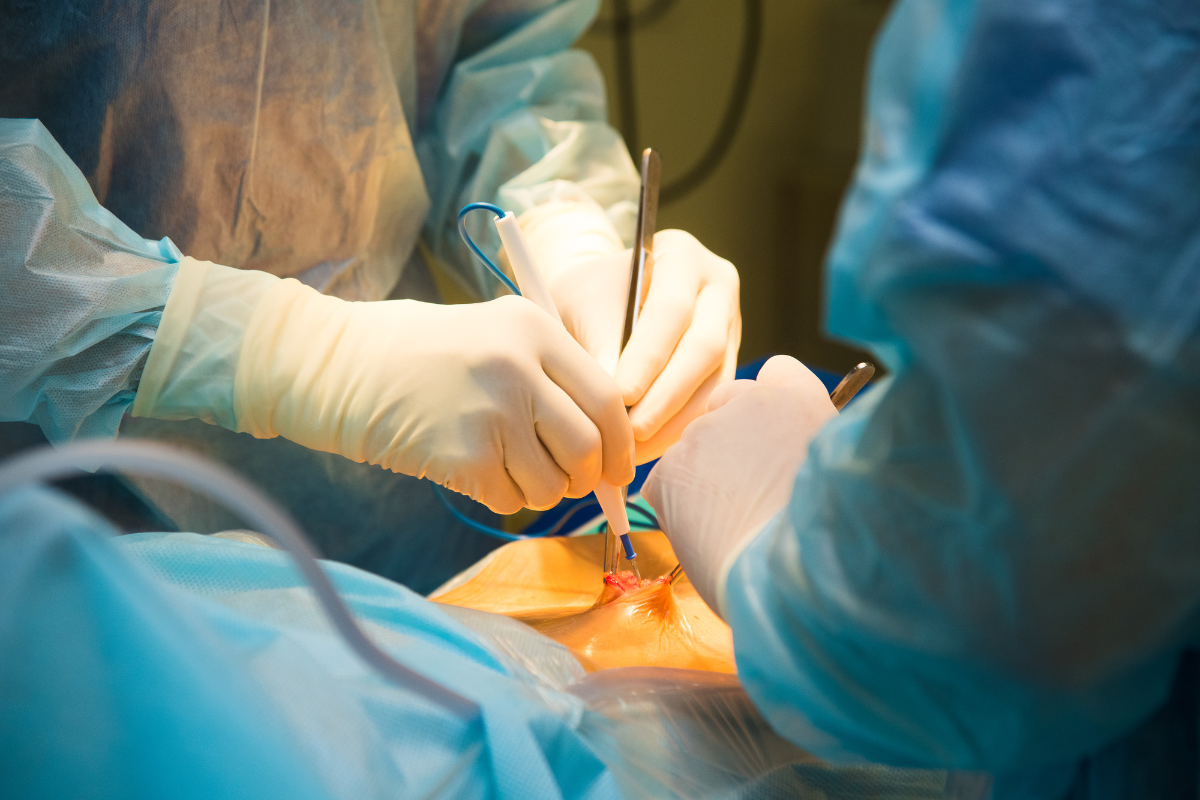- Anesthesiology
- Cardiology
- Dermatology
- Dialysis
- Endocrinology
- ENT
- Gastroenterology
- General medicine
- General surgery
- Gynaecology
- Infertility
- Intensive care
- Laparoscopic surgery
- Nephrology
- Neurology
- Obstetrics
- Oncology
- Orthopedics
- Pediatric
- Physiotherapy
- Plastic surgery
- Psychiatry
- Pulmonology
- Radiology
- Urology

Key-hole surgery or minimally invasive surgery are other names for laparoscopic surgery. Gynaecology, urology, and gastroenterology are just a few of the specialties that frequently use laparoscopic surgery. A number of important procedures involving the uterus, soft tissues, breast, skin, belly, and hernias are performed by the department's specialists. Patients receive thorough evaluation and diagnosis, the most recent medical treatments, clinical post-operative care, and frequent follow-ups, especially until full recovery. The advantages of laparoscopic surgery over open surgery include a quicker recovery period and shorter hospital stay, as well as less pain, little postoperative bleeding, and reduced scarring. The surgical staff is skilled in providing excellent care and performing a wide range of laparoscopic procedures with exceptional precision.
An expert team of surgeons, qualified technical personnel, and nurses provide assistance for the Laparoscopic Surgery Department, which is well-equipped with all the most recent technologies and first-rate infrastructure.
Our treatment in laparoscopic surgery
- Needle biopsy
- Thyroidectomy
- Rectal prolapse surgery
- Myomectomy
- Cholecystectomy
- Vasectomy
- Bariatric procedures
- Laparoscopic adrenalectomy
- Laparoscopic GI (colectomy, small bowel, hemicolectomy)
- Laparoscopic ovarian cystectomy
FAQs
What is meant by laparoscopic surgery?
A form of minimally-invasive surgery is laparoscopic surgery. Another name for it is keyhole surgery. In this, tiny holes are made throughout the body, and a laparoscope—a small tube with a camera at one end—is inserted. The abdominal organs can be viewed on a screen by the surgeon. It is used to identify the illness and may be followed by quick surgery to treat it. The surgeon doesn't need to create extensive incisions or reach far within your body when using these unique tools. It can be used to identify ovarian cysts, gallstones, hernias, appendicitis, etc.
What advantages do laparoscopic procedures offer?
The advantages of minimally invasive surgery are numerous. including early mobilisation, earlier resume of daily activities, early return to work, little scarring, reduced discomfort, quicker recovery, less internal scar tissue or damage, and early recovery.
How soon after surgery can I resume eating?
Providing no operation has been performed on the colon, feeding can begin the same day if the surgery goes well after the patient has fully recovered from the effects of anaesthesia.
Do I have to spend all of my time in bed?
No. As was already mentioned, this approach has the benefit of relatively small incisions, which lessen pain and the risk of hernia. You can start moving around as soon as pain and anaesthetic limitations allow.
